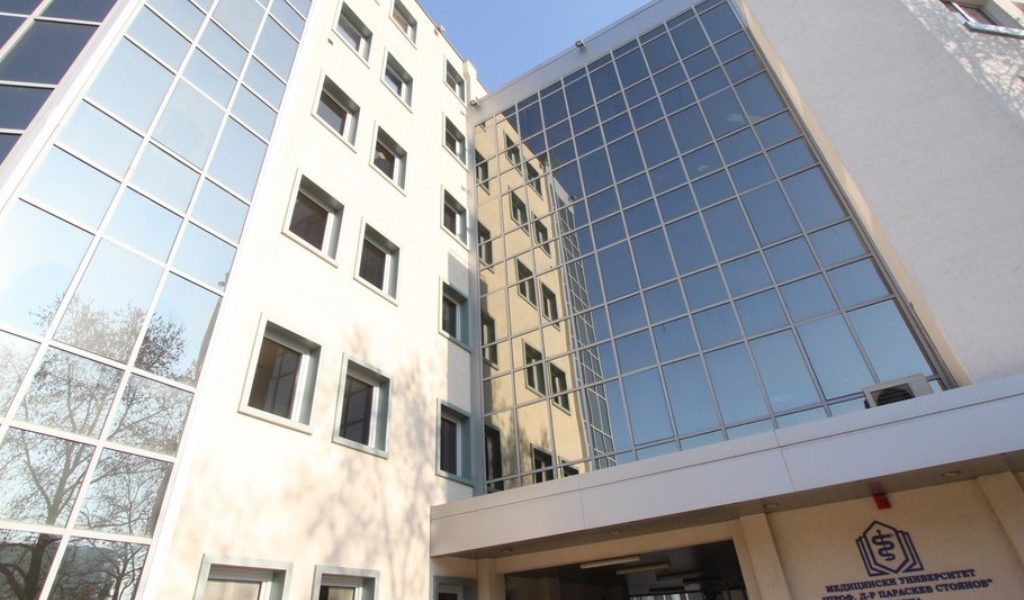Medical University of Varna was established in 1961 by a decree of the National Assembly of Republic of Bulgaria as a pursuant to Higher Medical Institute. In 1995 the latter was transformed to Medical University. In 2002 Medical University – Varna was named after Prof. Dr. Paraskev Stoyanov. In the history of Bulgarian medicine, he has been renowned as the person who laid the foundations of the first Bulgarian School of Surgery. This University is the third largest Medical University in the country. The Medical University of Varna is a high-tech university and has more than half a century of history and traditions. The classical models of teaching at the university are well combined with the latest technologies – 3D anatomy training and a system for complementary e-learning rich in electronic content.
The university offers to its students modern environment with unlimited opportunities for their development – high-tech labs and training premises, a library with electronic reading rooms and access to the best world information databases, modern sport facilities and professional football, volleyball and tennis coaches, a rehearsal hall for the university rock band, a drama and folk dance troupes. Since its establishment 977 foreign students from 45 countries have graduated from Varna Medical University.
Varna is the largest city and seaside resort on the Bulgarian Black Sea Coast and the third largest city in Bulgaria with a population of 335,949. It is also the fourth largest city on the Black Sea. Often referred to as the marine (or summer) capital of Bulgaria, Varna is a major tourist destination, a starting point for all the resorts in the northern Bulgarian Black Sea Coast, business and university center, seaport, and headquarters of the Bulgarian Navy and merchant marine.
The Varna culture is a record holder, the oldest golden treasure in the world was discovered in Varna Necropolis, located in the present City of Varna consisting of artifacts dating to 4200-4600 BC. Varna has some of the finest and oldest museums, professional arts companies, and arts festivals in the nation and is known for its century-old traditions in visual arts, music, and book publishing, as well as for its bustling current pop-culture scene. Over the past few decades, it developed as a festival center of international standing. City landmarks include the Varna Archaeological Museum, exhibiting the Gold of Varna, the Roman Baths, the Battle of Varna Park Museum, the Museum of Ethnography in an Ottoman-period compound featuring the life of local urban dwellers, fisher folk, and peasants in the late 19th and early 20th century.
The ‘Sea Garden’ is the oldest and perhaps largest park in town containing an open-air theatre (venue of the International Ballet Competition, opera performances and concerts), Varna Aquarium (opened 1932), the Festa Dolphinarium (opened 1984), the Nicolaus Copernicus Observatory and Planetarium, the Museum of Natural History, a terrarium, a zoo, an alpineum, a children’s amusement park with a pond, boat house and ice-skating rink, and other attractions. The waterfront promenade is lined by a string of beach clubs offering a vibrant scene of rock, hip-hop, Bulgarian and American-style pop, techno, and chalga. Tourist shopping areas include the boutique rows along Prince Boris Blvd (with retail rents rivaling Vitosha Blvd in Sofia) and adjacent pedestrian streets, as well as the large mall and big-box cluster in the Mladost district, suitable for motorists. Two other shopping plazas, Piccadilly Park and Central Plaza, are conveniently located to serve tourists in the resorts north of the city centre, both driving and riding the public transit.


